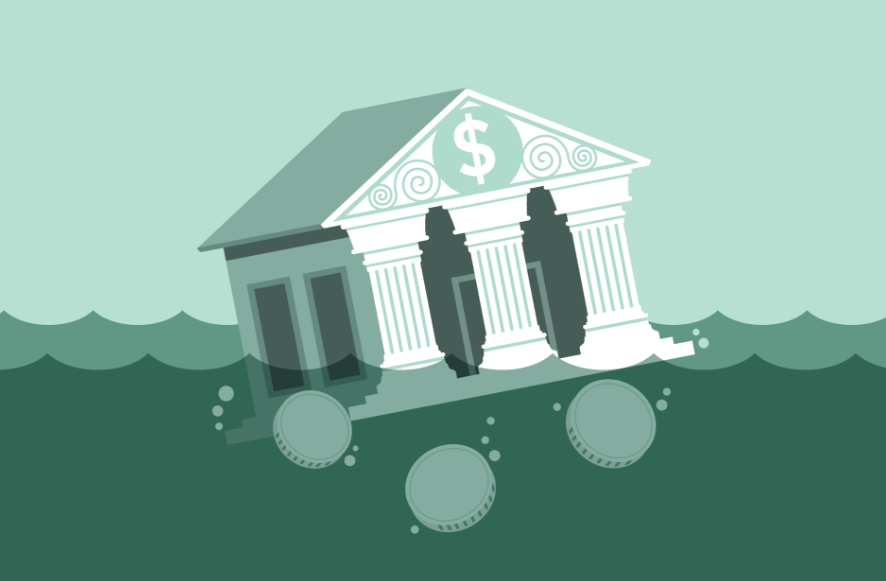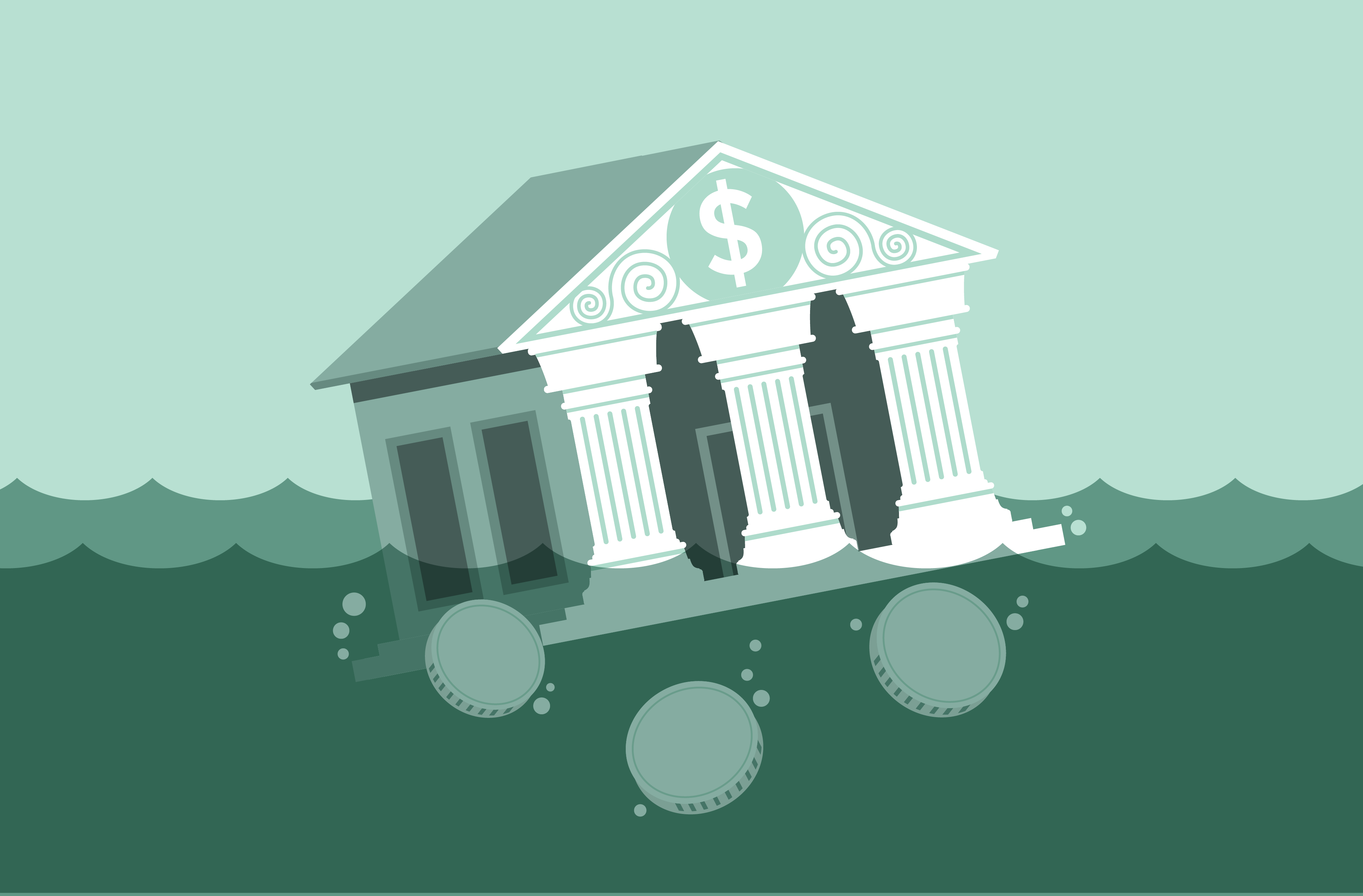
Central bank digital currency is a digital form of fiat (government-issued) money that is issued by and backed up by a central banking institution. This digital currency is a convenient and secure way to pay and store value.
A number of central bankers around the globe, including the US Federal Reserve, and the Bank of Canada are exploring CBDC as a way to modernize the payment system in their countries. CBDCs can vary in their features and form depending on the goals and priorities of each central bank.
CBDCs differ from decentralized digital currency like Bitcoin which is not issued or backed centrally. Decentralized digital currency relies on distributed ledger technologies, and a network of users rather than a centralized authority to record and validate transactions.
It is unclear what impact CBDCs would have on digital currencies that are not regulated, such as Bitcoin. CBDCs may compete with digital currencies that are decentralized as a payment method, but they could also coexist. CBDCs’ adoption and use could be affected by several factors. These include the features and benefits that they provide, the trust and confidence they inspire and the regulatory environment where they operate.




















